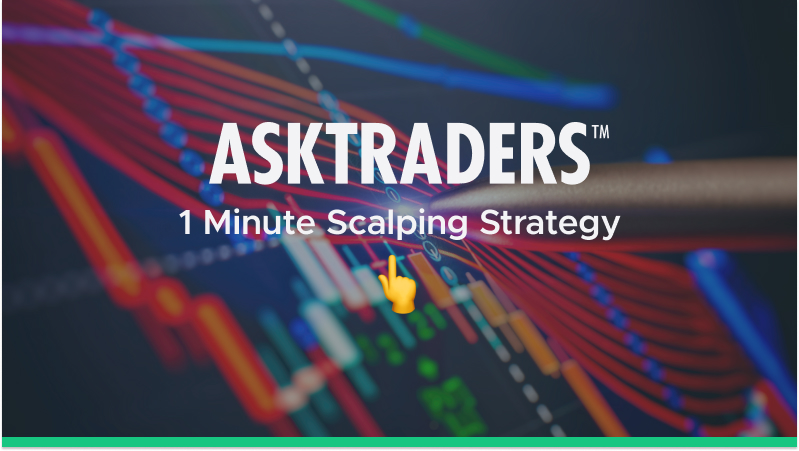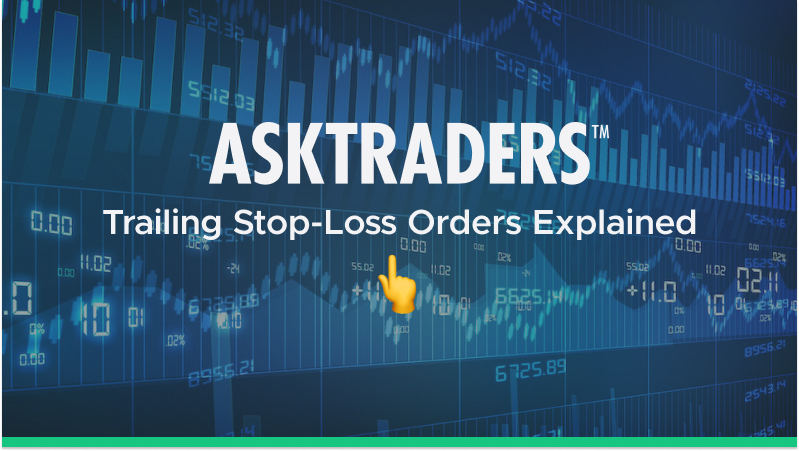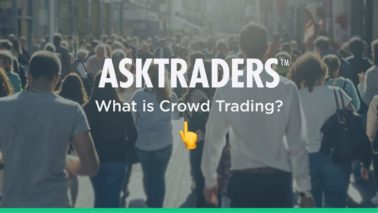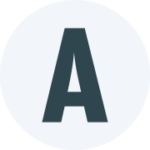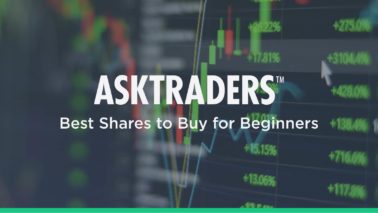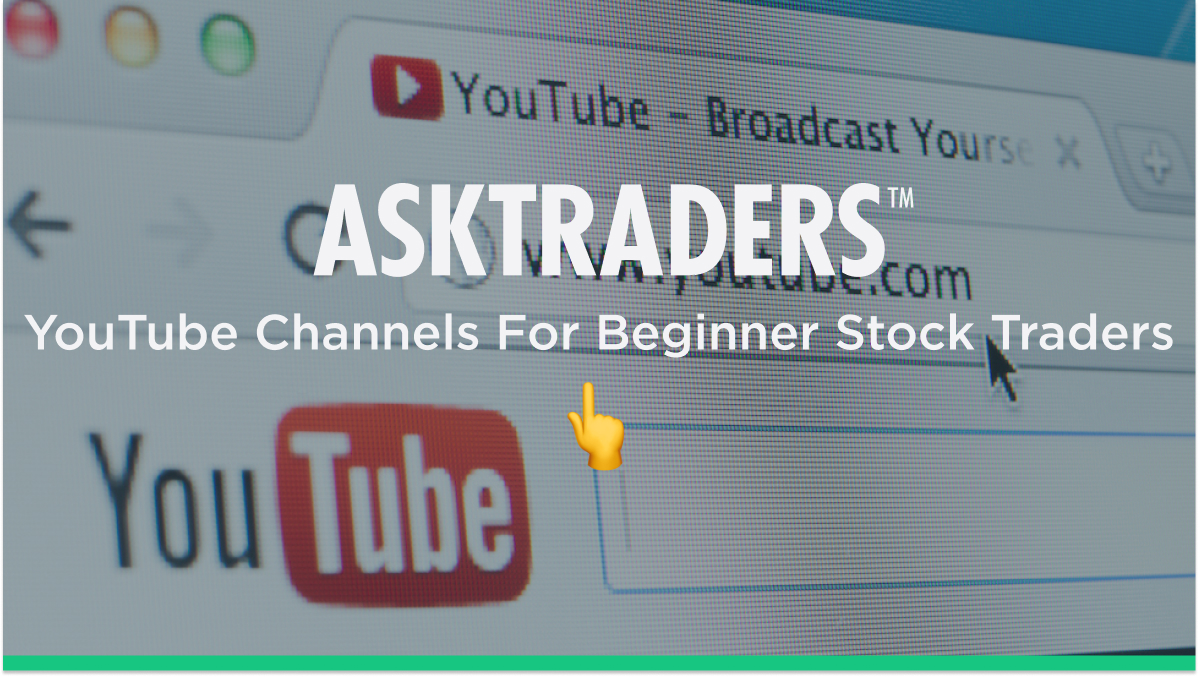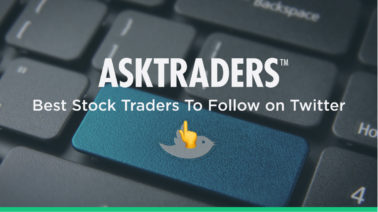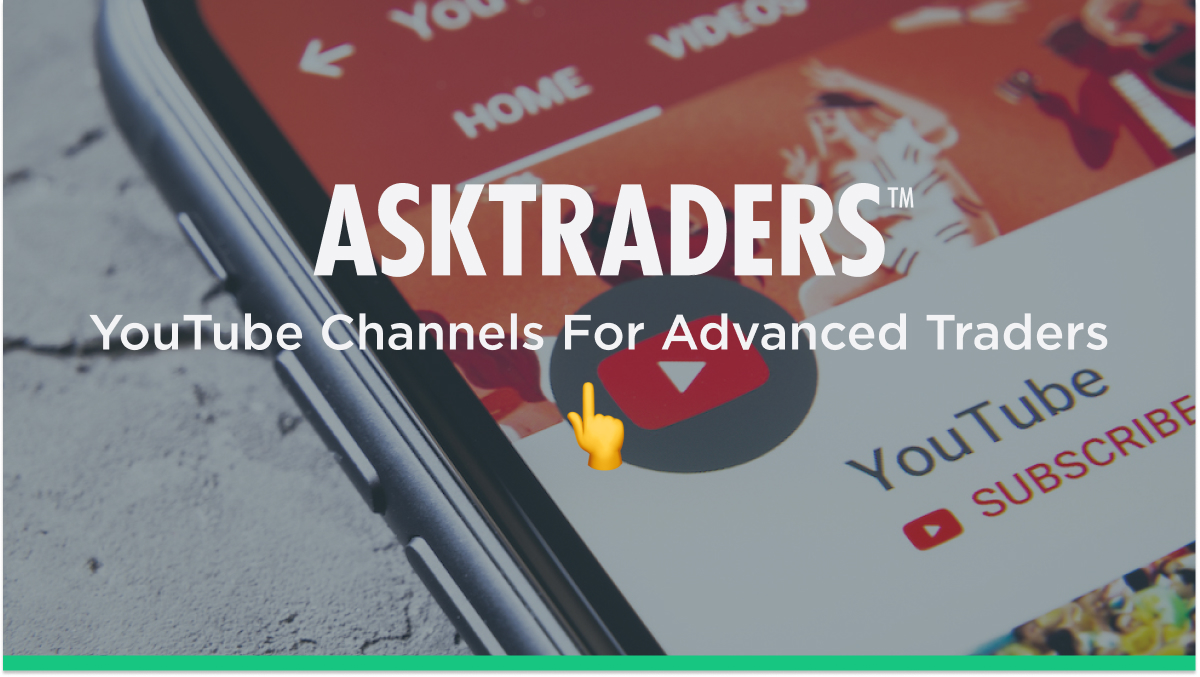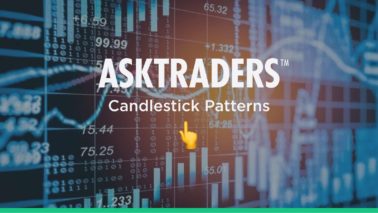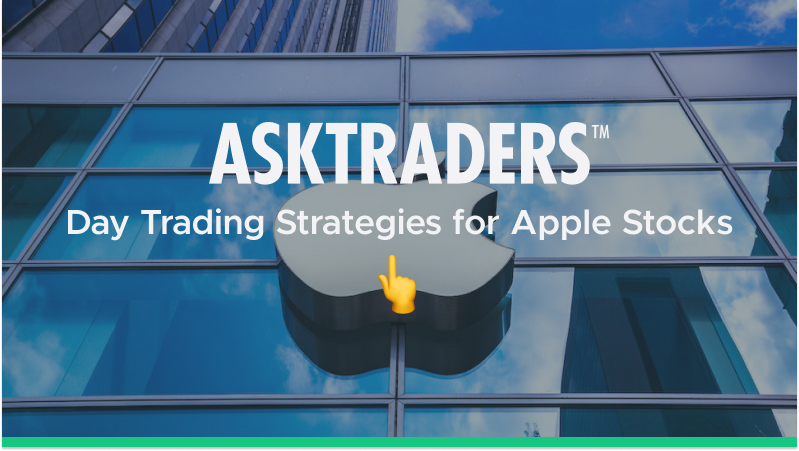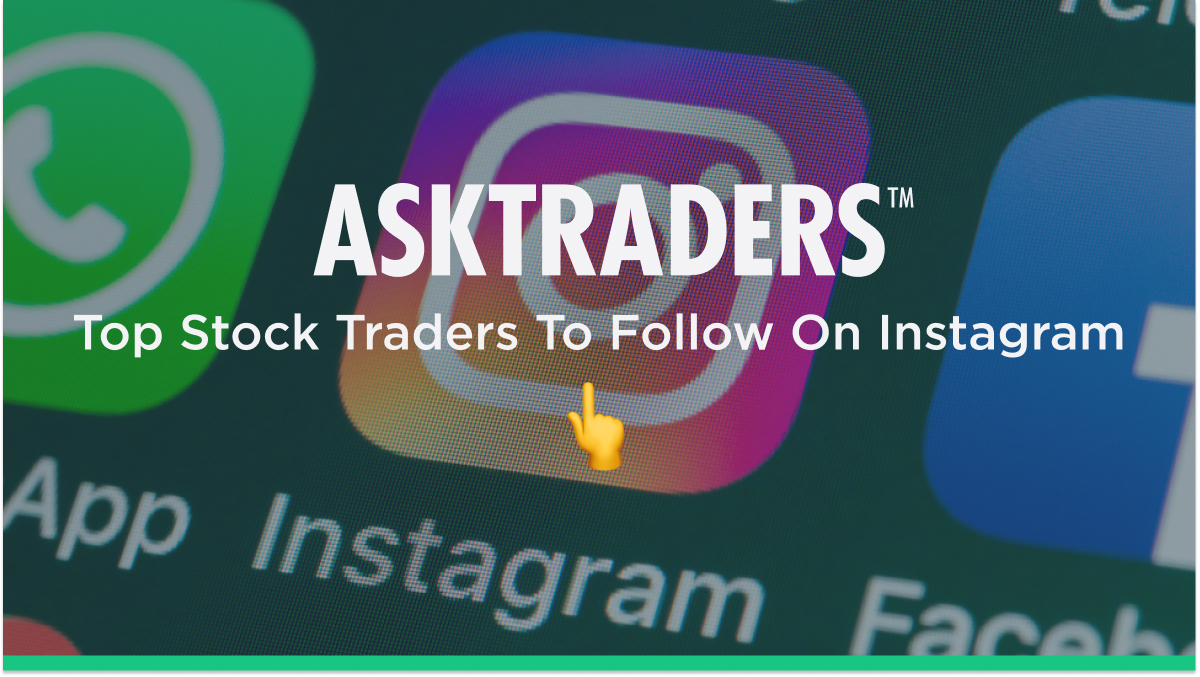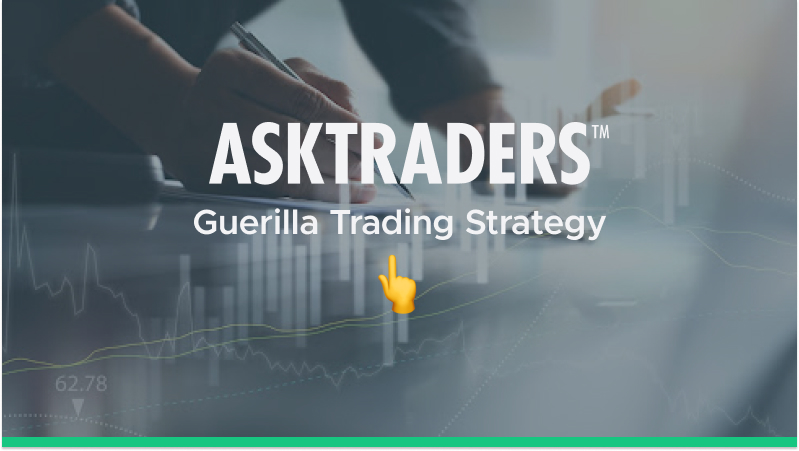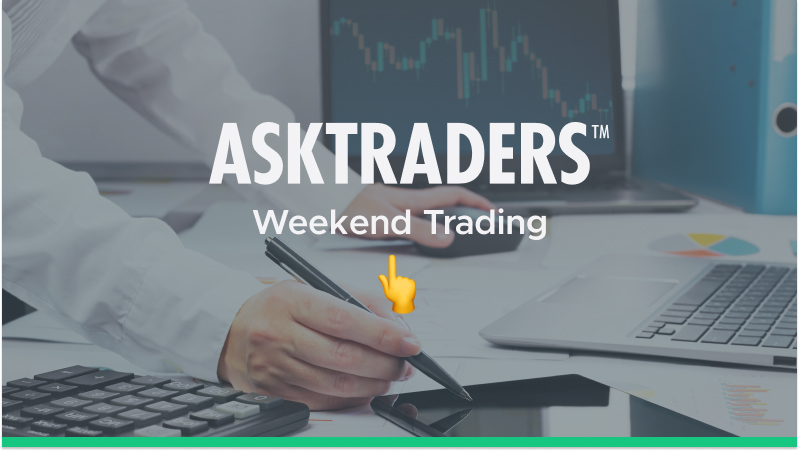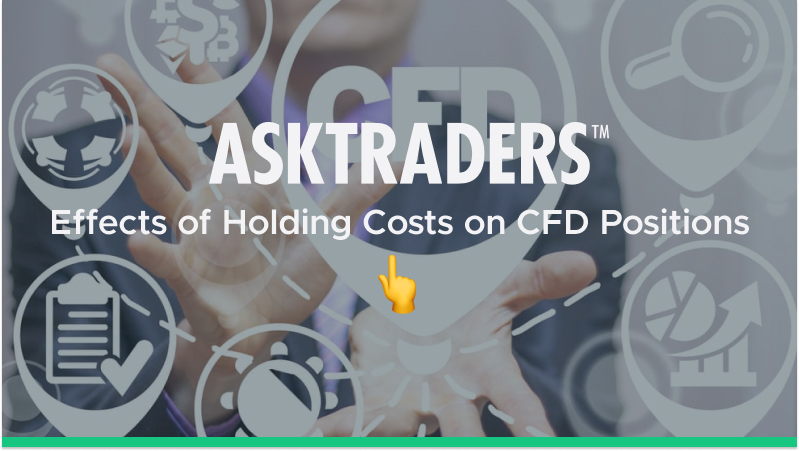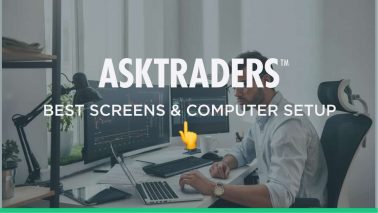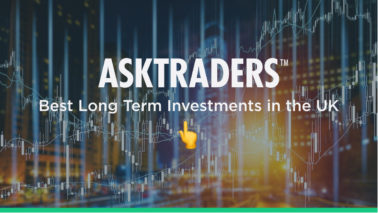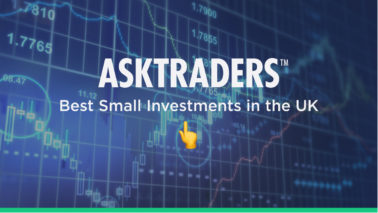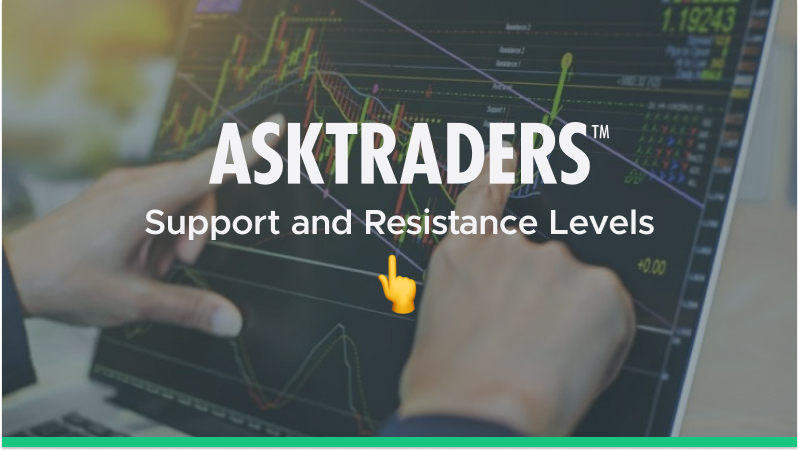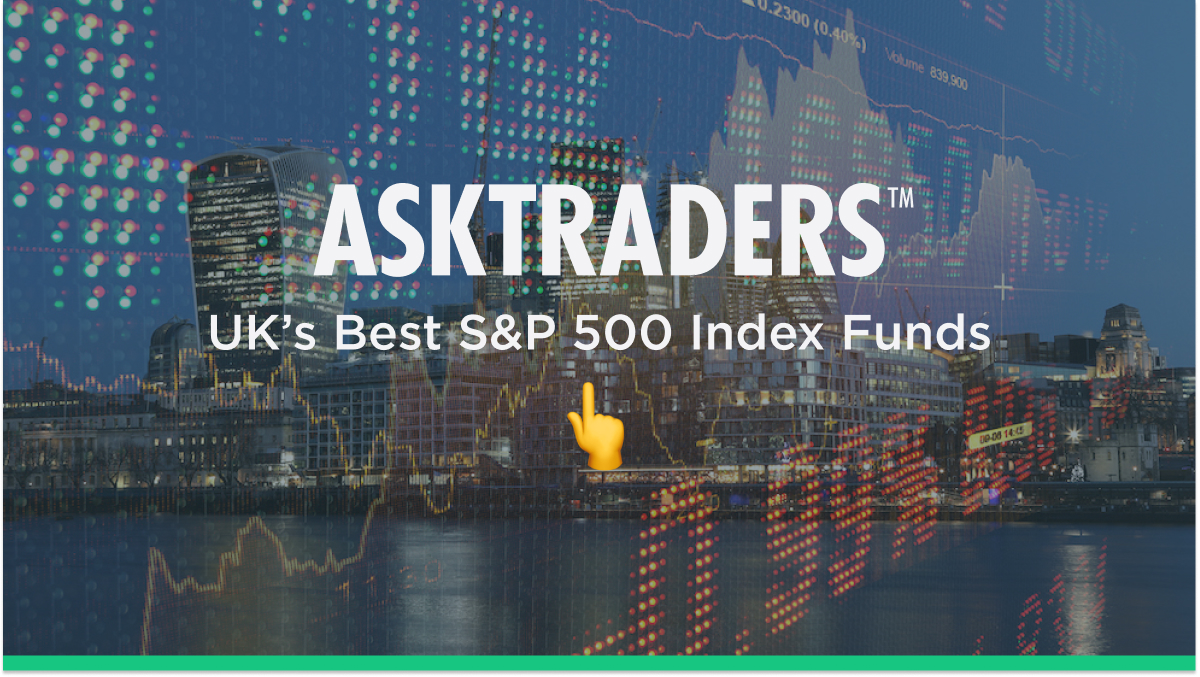Trading Guides (126)
If you are a new investor thinking about actively trading the financial market, it is critically important to spend time learning from market experts that have a proven record of success. Our Trading guides are designed to uncover these strategies in ways that are simple and clearly defined. Thus, whether you are looking for a new pattern, the right trading mindset, or just wondering what to trade, our researched and tested guides will skyrocket your trading career.
Where can I learn the trading basics?
You can learn the basics of trading from several online/offline platforms. The online resources can either comprise self-learning from the tons of free learning material available on the net or via online coaching. You can also access broker websites like Tickmill, ETFinance, or Fidelity, where you can find articles on all the major asset classes, video on demand, webinars are other learning tools.
Offline learning, on the other hand, includes registering for classroom training sessions where you can learn about the markets from a professional trader who’s seen it all.
How long does it take to learn day trading?
It does not take very long to learn, provided you are serious about it and are willing to spend a few hours every day absorbing the nuances of day trading. Going by the success stories of the other traders, it could take anywhere between a few weeks to about a couple of months to learn day trading.
However, if you are a total stranger to the markets without any knowledge of the basics, it could take about 3-6 months, that’s for the learning part only. To become a successful day trader, you’ll need to spend additional time practising.
Where to find trading guides for beginners?
You can access trading guides for beginners from the hundreds of financial markets learning sites on the net. For quick access to trading guides, you can go to Asktraders.com, where you can find tons of free learning material and trading guides on all the asset classes and for all categories of traders.
Besides, all the forex, CFD and stockbrokers have included free educational resources, trading guides on their sites for beginners to learn about these markets.
How to learn high-frequency trading?
High-frequency trading is the same as algorithmic trading but with additional features in the programs to route, generate and execute orders at lightning speed. The key differences that set algorithmic and high-frequency trading apart are the computers, the size of the orders, data feed and the location of the servers.
So, if you’re able to successfully code or program trading strategies, you’ve learnt the best part of high-frequency trading. All you have to do then is use powerful computers that can execute hundreds of orders in a fraction of a second and make sure your server’s location is close to the exchange to minimise latencies.
You can find several online tutorials and coaching classes that assist you with learning about the programming tools required high-frequency trading. Besides, if you’re using a MetaTrader platform, you can freely access the learning guides for the MQL4 or MQL5 programming languages.
What are the best ideas to start trading from home?
Here are some of the ideas you can use to start trading from the comfort of your home:
- First, open a demo account with a broker. You can choose between a full-service or a discount broker depending on the range of services you expect from them.
- Next, compare the brokerage or commissions charged by brokers offering identical services. Besides commissions, some brokers also have a host of other fees. Sum them up to get an idea of your trading cost, which would eventually decide your choice of the broker.
- Complete the account opening forms, submit your KYC, upload your documents and start trading.
